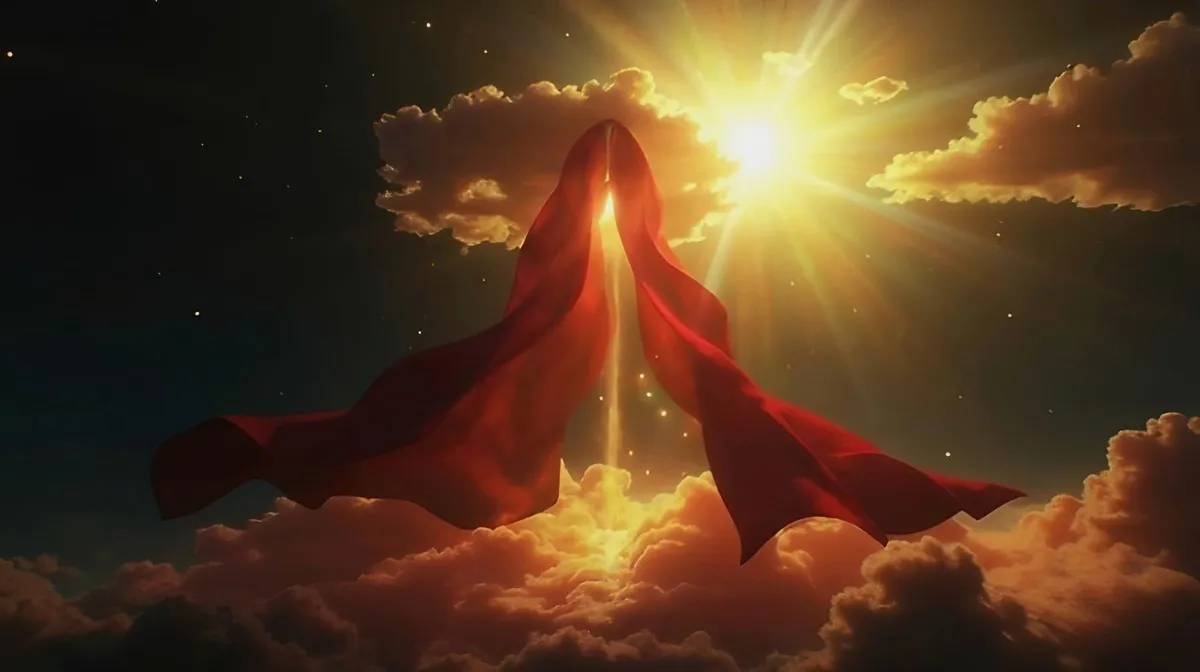Article 9

If you break a piece of chocolate in two, and then break those pieces in two, will you ever arrive at a final, indivisible piece? For centuries, we thought the answer was no. Matter seemed continuous, like a river, able to be divided forever.
The ancient Greeks gave us a new idea: "atomos," meaning indivisible. This became the atom, the supposed final building block of matter. But we were wrong. We smashed the atom and discovered a whole new family living inside: protons, neutrons, and electrons. For a time, these were our new "atomos."
Then we smashed them again.
We found that the protons and neutrons in the atom's nucleus were themselves made of even smaller particles called quarks, held together by gluons. And this is where the journey of experimental science, for now, ends. The Standard Model of Particle Physics — our most tested and successful theory of matter — treats quarks and electrons as fundamental, point-like particles. Indivisible.
But what if we could look deeper? This is where theoretical physics steps in, and where my own questions began to burn.
